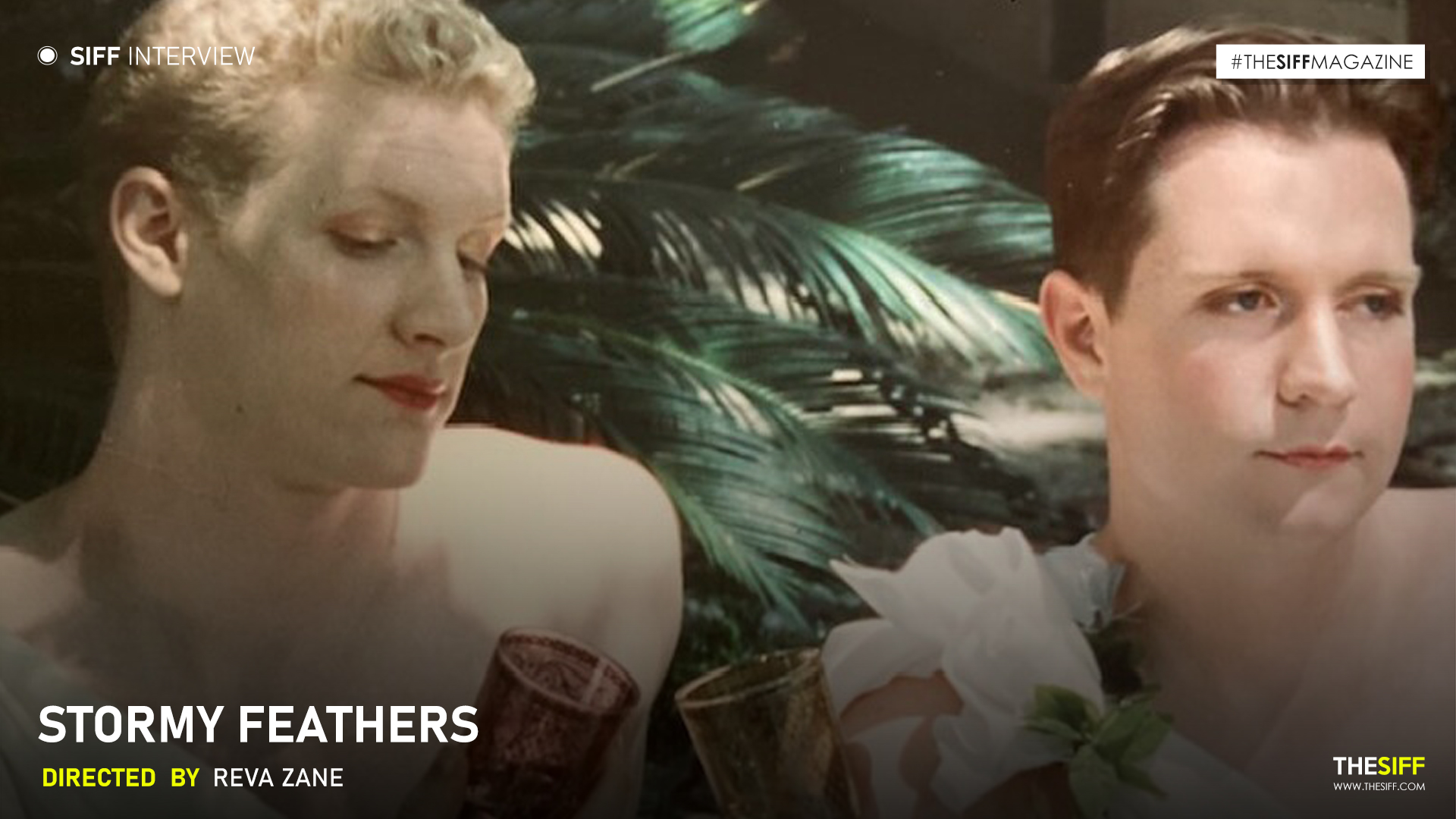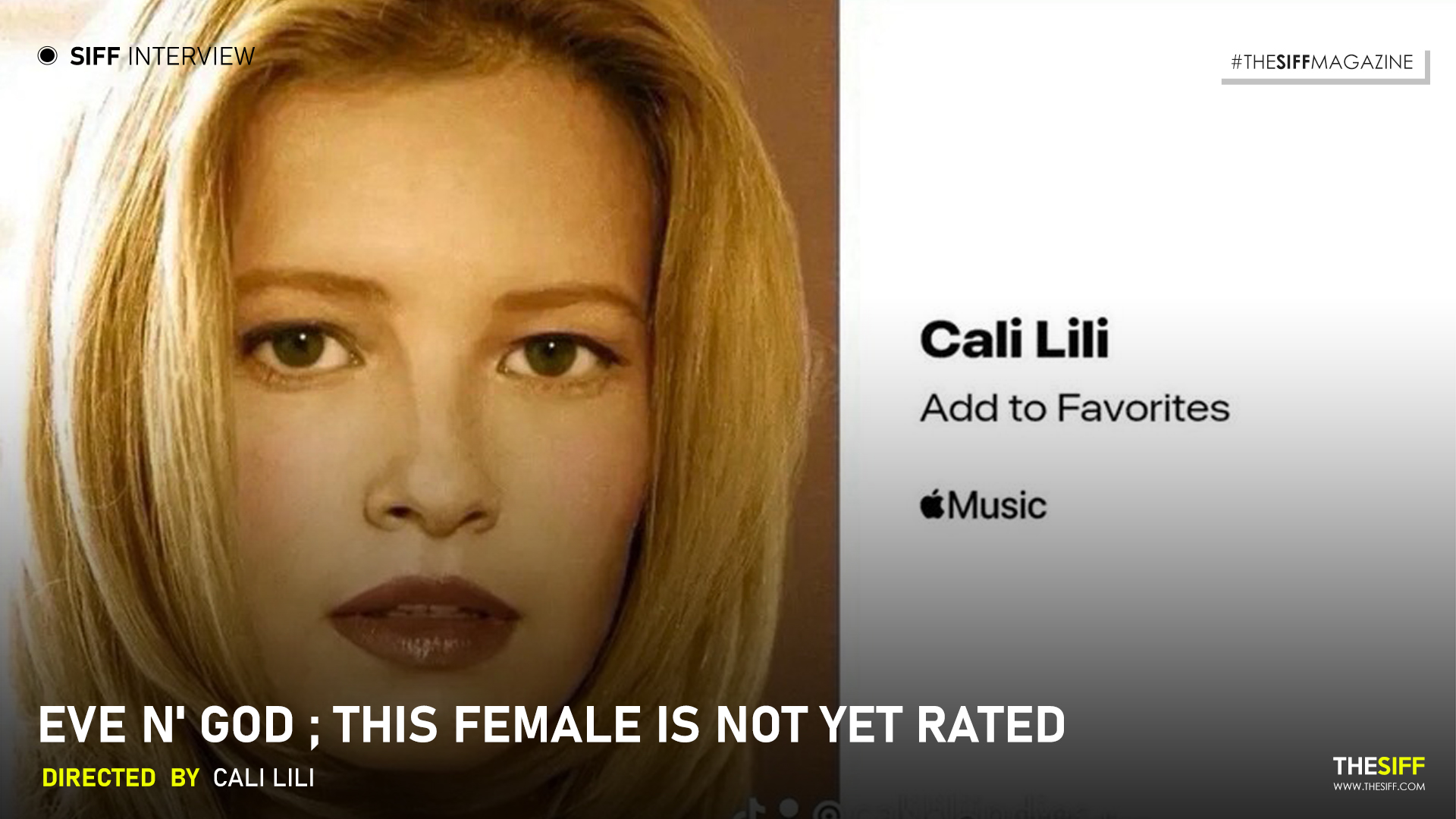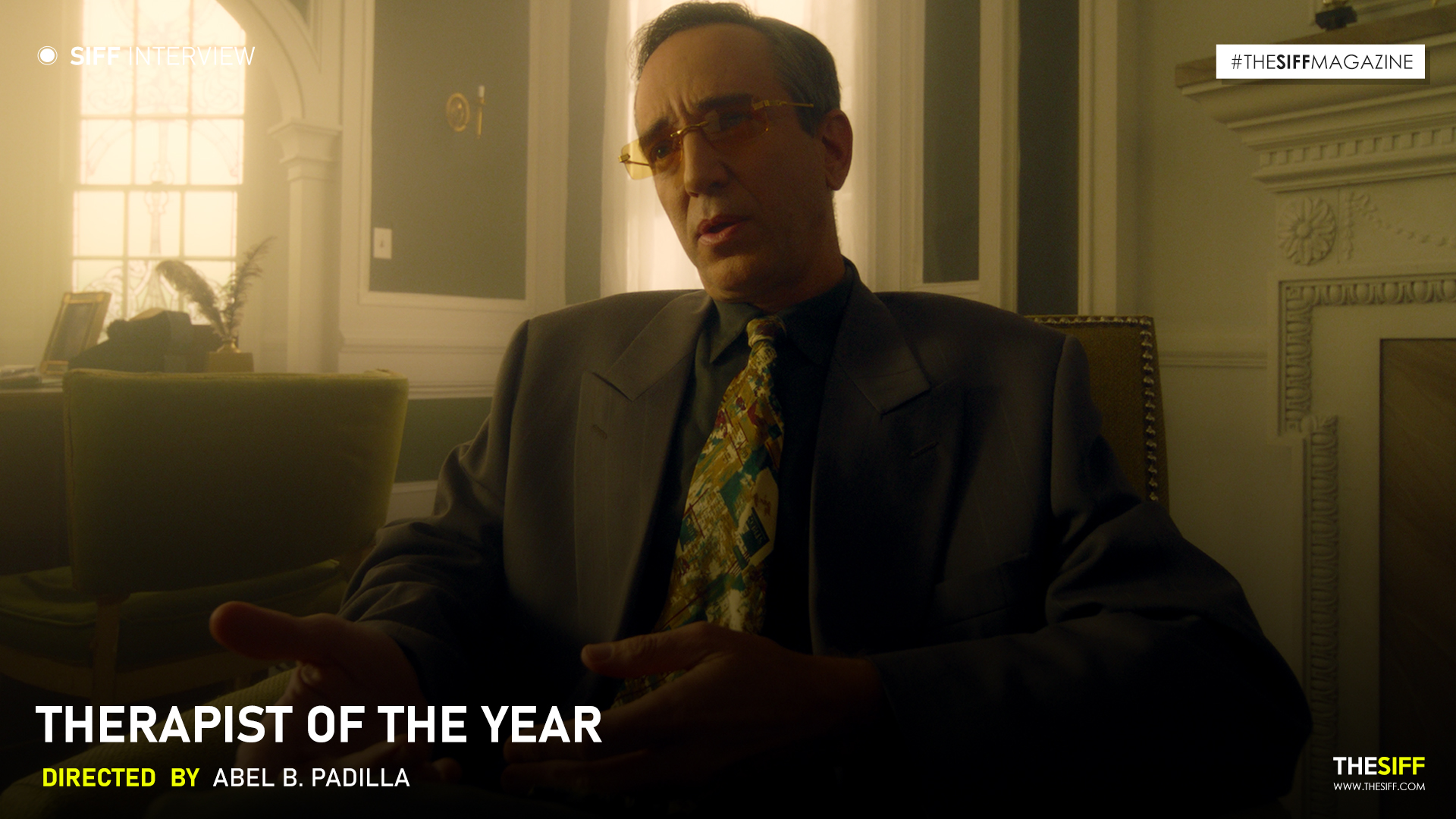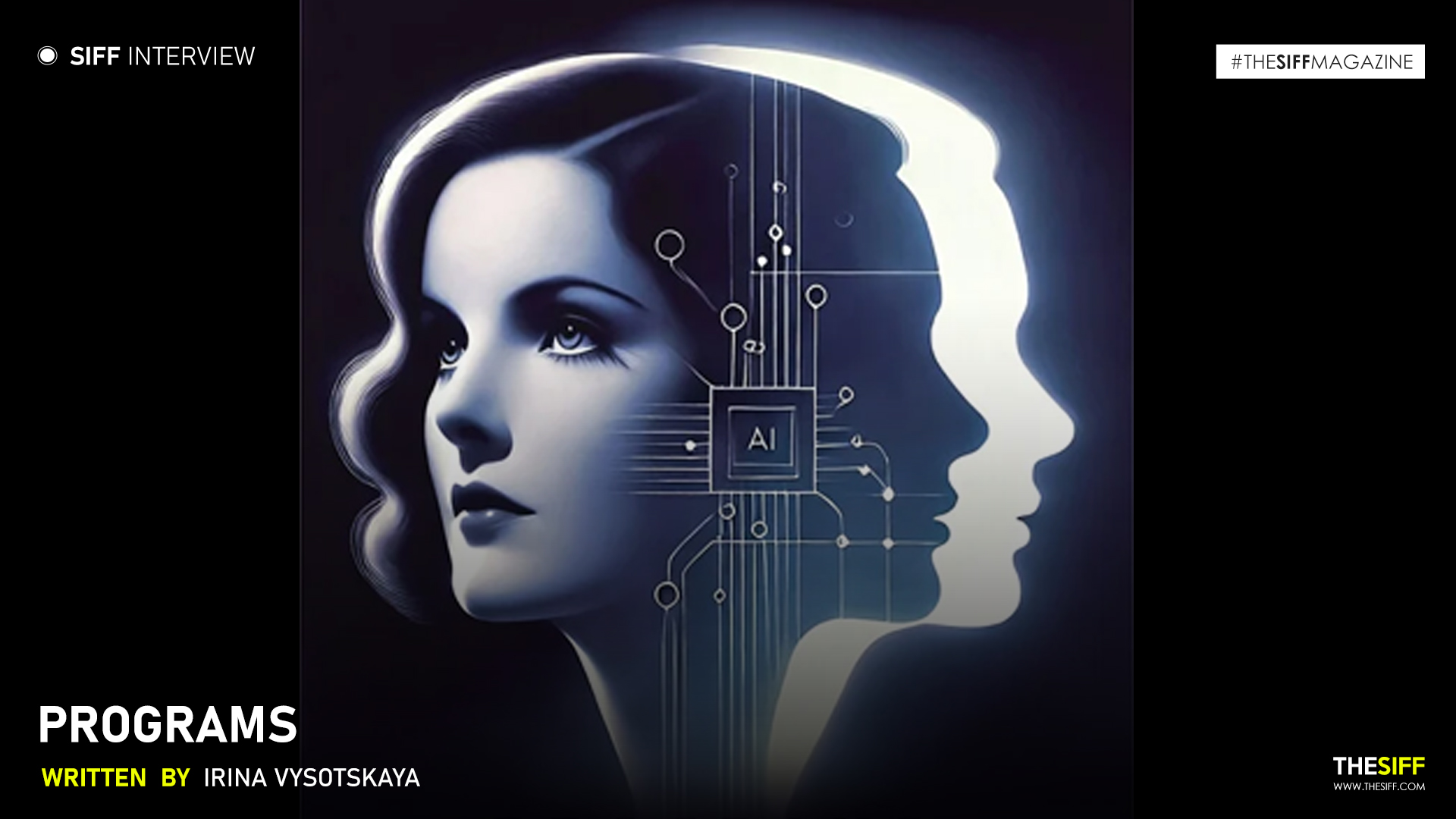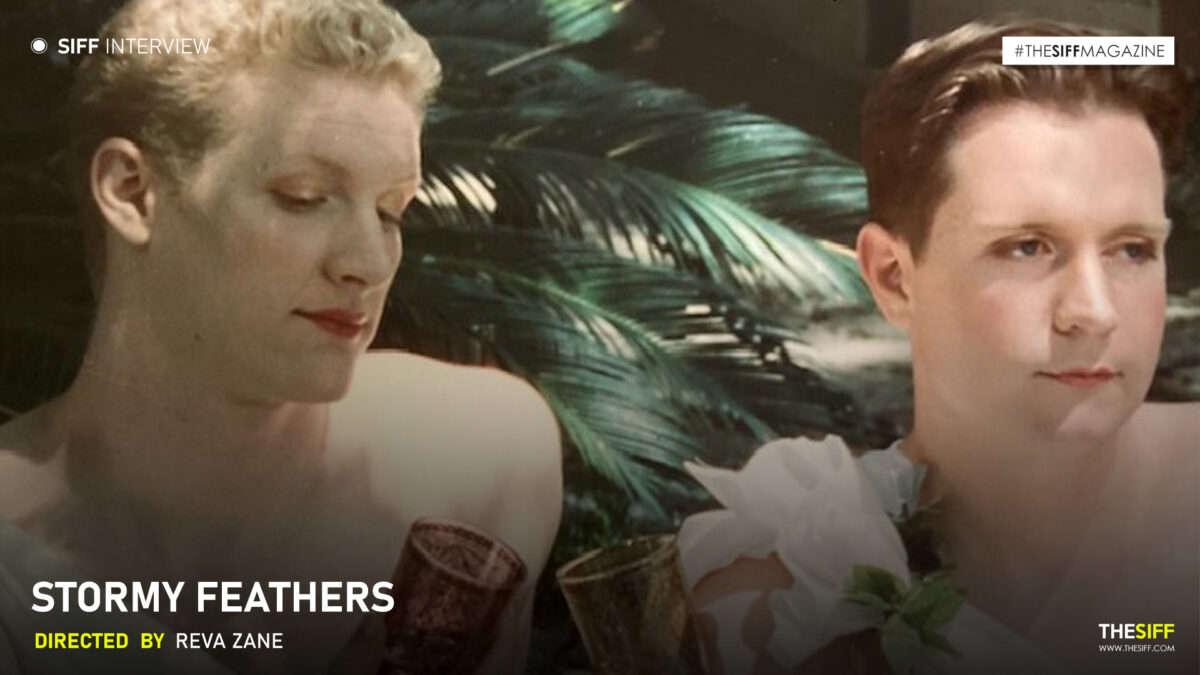
Script : Stormy Feathers
Writer : Reva Zane
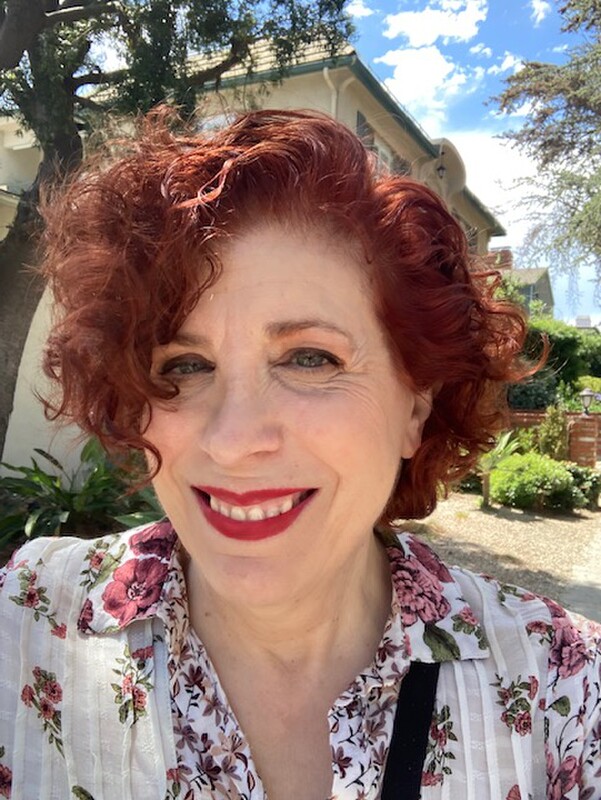
1. Can you trace the origin of your love for cinema and screenwriting? Was there a singular moment—or film—that made you feel: “I want to do this”?
My love for cinema came long before I began screenwriting. Watching the film Sabrina with Audrey Hepburn inspired the notion of going to Paris. Little did I know at the time that Billy Wilder would also inspire me or that I would write my first screenplay in Paris. Sometime later I returned to film school and began to learn the skill and craft of writing for film.. That is when I knew I wanted to do this.
2.Which films do you consider masterclasses in screenwriting—especially those that handle emotional complexity with lightness or surreal humor? Have any of them influenced Stormy Feathers directly or subconsciously?
Classics like All About Eve, Chinatown, Sunset Boulevard and Network are in the masterclass category for timeless storytelling and visionary writing. I love Le Carre, Jean-Claude Carriere. L.A. Confidential is a masterclass..
When it comes to lightness or surreal humor Harold and Maude is high on the list. Grand Budapest Hotel is a gem.
Light comedy favorites are Tootsie, Private Benjamin, Annie Hall and Moonstruck. I think there is comedy gold in the writing.
Stormy Feathers is all about trusting my own voice as a writer. I would say I am influenced by others with a strong sense of style who left the stamp of individuality on their work.
3.How do you navigate the boundary between writing dialogue and allowing a moment to breathe visually? When do you choose silence over words?
When casting the film and writing monologues for the actors it became clear listening to the dialogue how important it was to exercise restraint.
I was a lyricist long before writing prose or scenes. It’s all about rhythm and the conversation between the character and the visual world they inhabit. A pause and silence evolves out of the writing and the actor knows how to express it. Very much like writing a song.
4.What role does the montage play in your narrative architecture?
Montage can be an economical way to progress a story. I look at it as a souvenir, a recap, a lasting impression for the audience to remind them of a character or experience. A final imprint. Something that lingers.
5.What’s your approach to fusing such diverse genres without losing emotional clarity? Is genre-blending more about harmony or deliberate dissonance?
Dissonance or conflict keeps things interesting. Harmony and balance is soothing, reassuring. Both are needed in good storytelling.
6.As a screenwriter, how do you hold space for so many narrative threads—romantic, mythological, humourous—without overwhelming the audience? Is there a mental framework or instinct you follow?
The conversation between two worlds is drawn clearly and visually. Angels have wants and needs as much as human characters. Playing with mythological archetypes with broad strokes using poetic license is fun. It’s meant for entertainment and healing. If the audience doesn’t know if they should laugh or cry then I’ve done the job well. If someone is overwhelmed it should be an emotional response.
7.The world of Stormy Feathers is visually surreal yet emotionally grounded. In what ways do aesthetics serve your storytelling? How do color, costume, and camera movement become emotional or symbolic extensions of the script?
World is a character in any good script. Color is extremely important in the distinction between the angel and human environments. Creating an other worldly look, mystical and atmospheric for the Deities and the contrast of desaturated color used in the human world that is realistic and relatable serves the storytelling.
Costumes will bring the characters to life. Outer style, inner personality. I love to watch the dance between actor and camera. To capture behavior in the moment.
8.Do you begin writing with a clear endpoint in mind, or is your process one of discovery? Was the ending of Stormy Feathers known to you from the outset, or did it emerge along the way?
How do you write with ambiguity without sacrificing coherence? The film feels open to interpretation, yet emotionally complete. Is that a conscious aim in your storytelling?
Capturing emotion and leaving it on the page is my priority. The actor feels it, the audience experiences it. Transmitting the human experience.
The resolution of the story was something I discovered along the way. I knew the result of the endpoint but not the details.
Allowing for spontaneity in the writing process happened after a few drafts. Trusting the structure, letting it go and then improvising. It was fun writing in the moment after stepping away for a while when the story felt predictable. I loved laughing when I was caught off guard when ideas would emerge unexpectedly.
Whether ambiguous or coherent, I only hope the audience will find themselves in the story and find an emotional connection in the process.
9.The title Stormy Feathers is lyrical yet paradoxical—evoking both chaos and fragility. What does the title signify to you, emotionally or thematically? Was it always the title, or did it arrive later in the process?
Feather Storm was my first title that evolved into Stormy Feathers almost at once.
A storm looming on the horizon and the sensual comfort of feathers to envelope us after the storm has passed.
A comedy about loss and healing is all about emotional chaos and the delicacy of recovery. If you look at a painting by Francois Boucher and the angels that inspired my writing you can see humor and mischief. But there are clouds on the horizon.
Screenwriting in the Contemporary Landscape
10.Screenwriting has evolved alongside new platforms, narrative expectations, and shifting audience attention spans. What, in your view, is the role of the modern screenwriter? Are we archivists of feeling, cultural commentators, or architects of immersive worlds?
Archivists, cultural commentators and architects are in the masterclass category. Good writing will always be good storytelling. I see that current films running over two hours are finding an audience in spite of shortened attention spans. I don’t always see the point in overwriting a script.
11.In an age of fast content and algorithmic tastes, how do you protect creative depth while still making something accessible? Has your process changed with the times—or resisted them?
Screenwriting is a compressed and condensed form of storytelling. The dictates of an algorithmic cycle are probably closer to a feature film schedule in the old movie theatre business than we think. Getting the audience in the seats as many times as possible in a day meant shorter films before we started streaming.
A compelling story will always hold your attention. That’s the challenge of the process.
12.Stormy Feathers feels like a story where the absurd and the divine coexist—where heartbreak can invite comedy, and gods can be foolish. What do you hope lingers with the audience after the film ends?
My hope is that the audience is uplifted and encouraged to trust their own healing process if they are searching for answers.
And if not, I hope they will be entertained by the talent of the actors. And enjoy the escape into the world of the angels and the mischief they evoke..
Thank you so much for doing this interview with us.





